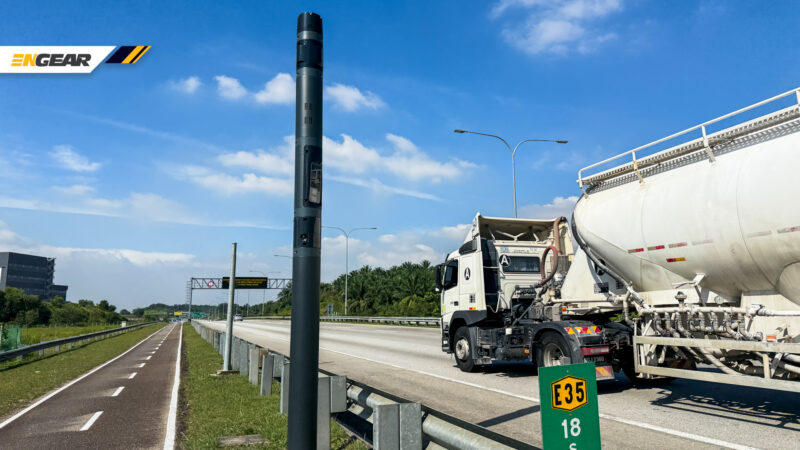Pilot testing of the Automatic Awareness Safety System (AWAS) using point-to-point methods will be implemented by June, reported Berita Harian.
This method will be used to detect drivers who exceed speed limits by measuring the duration and distance traveled, in addition to using artificial intelligence (AI) technology.
Initially, two highway locations will be selected for this pilot project: the route from Genting Sempah Tunnel to Gombak Rest Stop (KL-Karak Highway), and from Senawang Toll Plaza to Simpang Ampat Toll Plaza (North-South Highway).
The system will also be installed at locations where accidents frequently occur, such as the route from Menora Tunnel to Sungai Perak Rest Stop.
In an interview with Berita Harian, the Secretary-General of the Ministry of Transport (MOT), Datuk Jana Santhiran Muniayan, stated that the system can detect drivers who violate speed limits if they arrive at their destination quicker than the estimated time.
“This system, installed at toll plazas, will record travel time based on distance.
“For example, if a driver travels from Jalan Duta, Kuala Lumpur to Tanjung Malim, Perak, and arrives earlier than expected, the vehicle’s license plate will be detected and an automatic summons will be issued,” he said.
With the help of AI, this system can detect how long a driver stops at any location to extend their travel time to avoid detection.
He also mentioned that a company has been appointed to handle the proof-of-concept (POC) process without incurring financial impacts on the government.
Previously, Transport Minister Anthony Loke revealed that the AWAS camera system would be enhanced with the point-to-point method compared to the static method implemented earlier.
This is because the implementation of the AWAS cameras at present is seen as not achieving the goal of reducing vehicle speed and minimizing accident risks.
